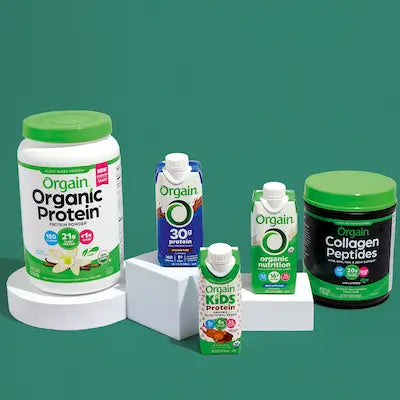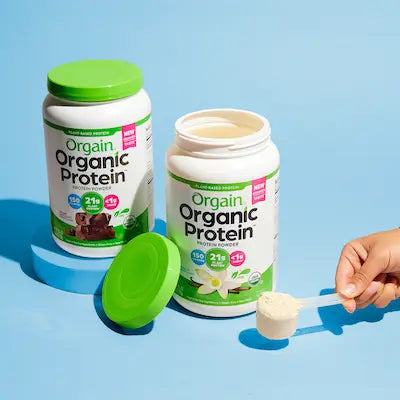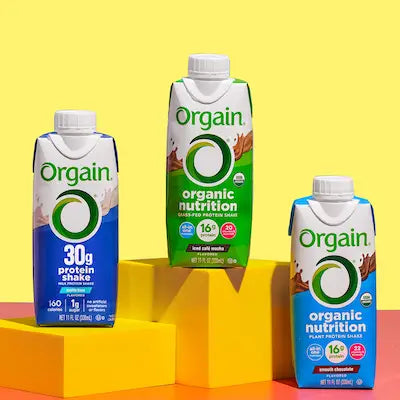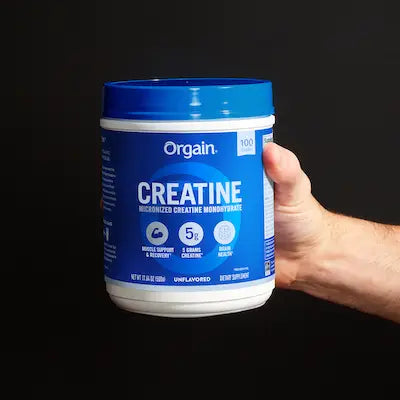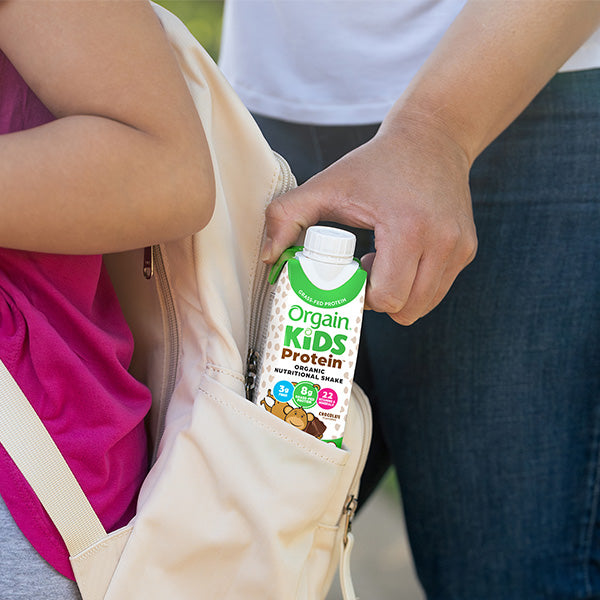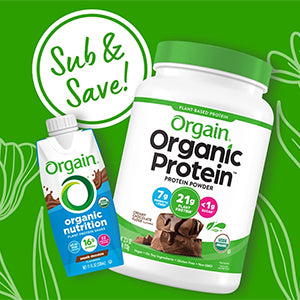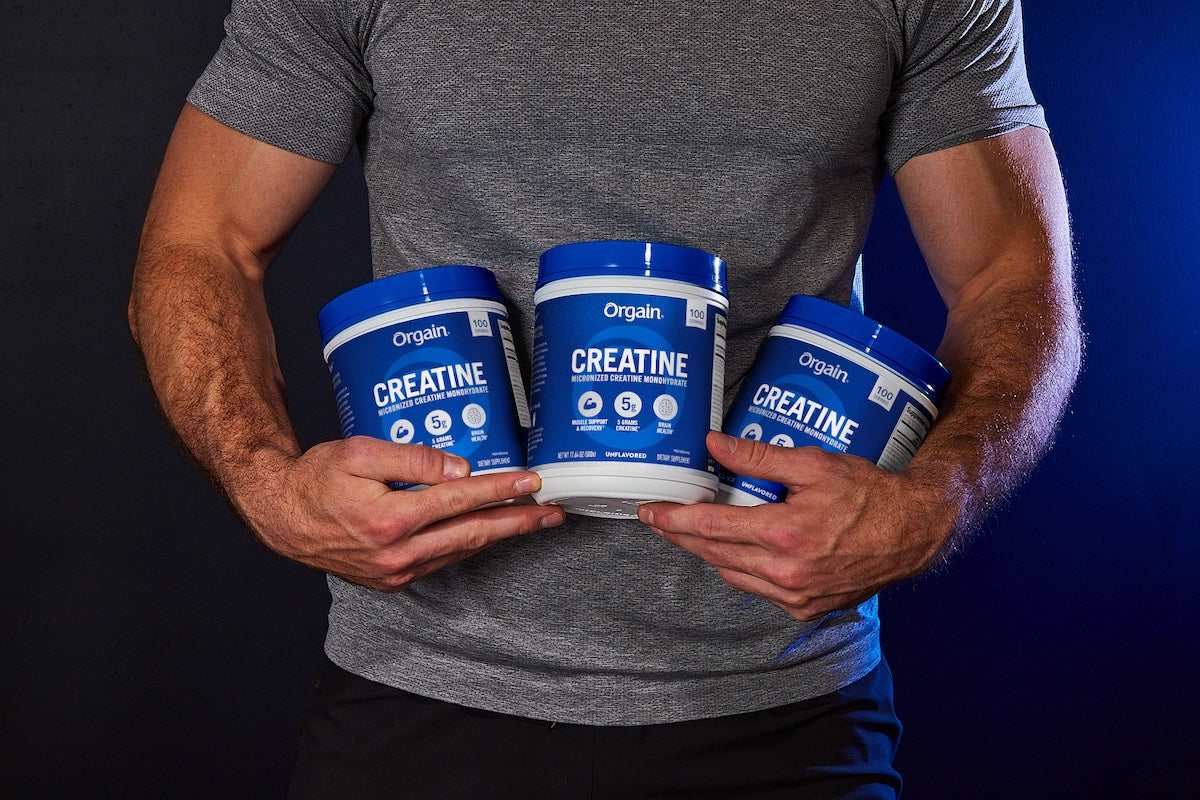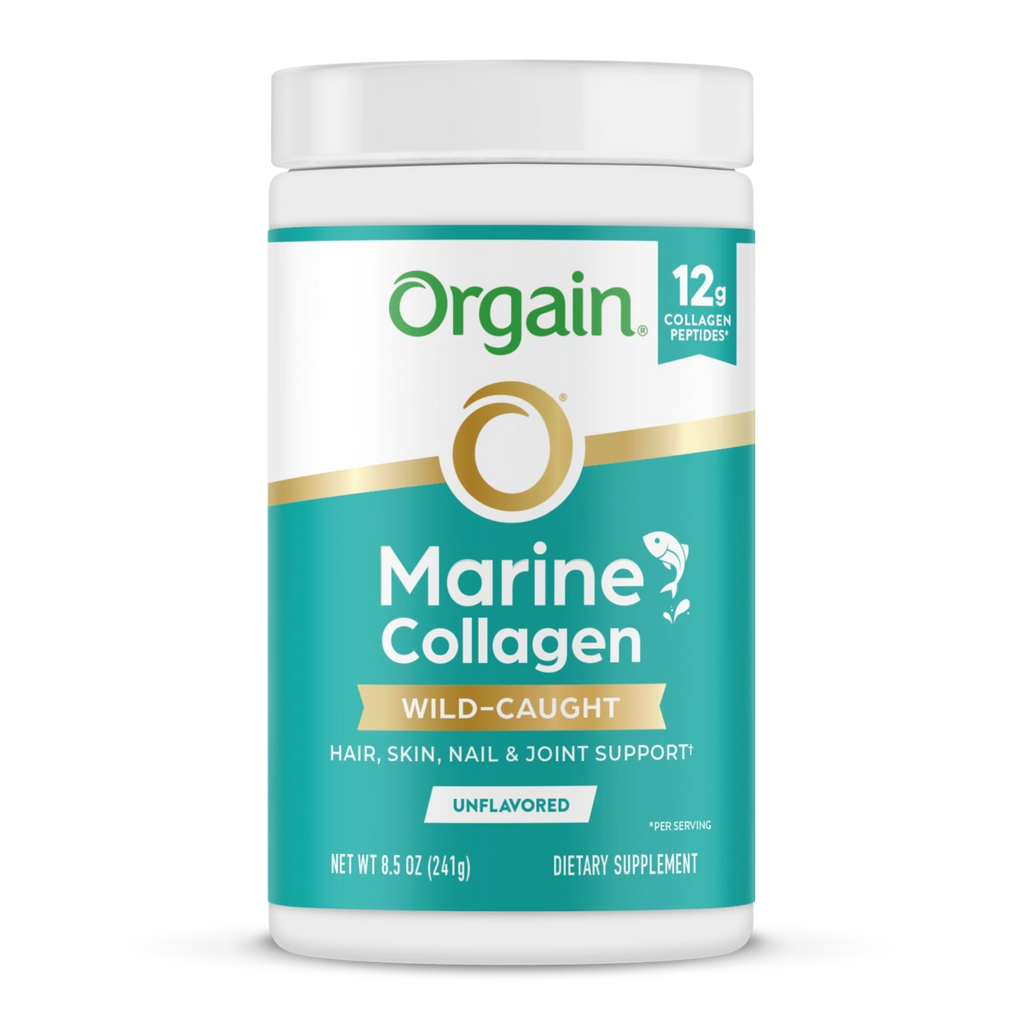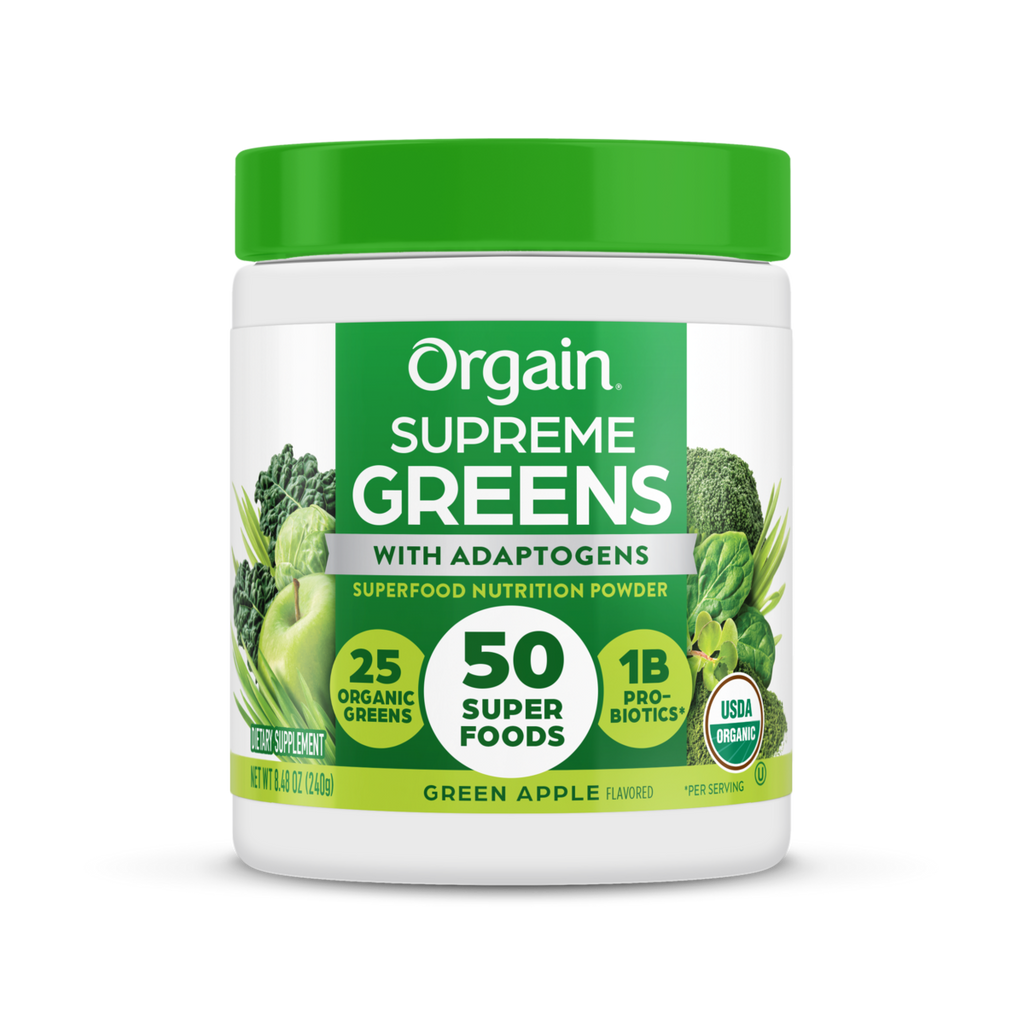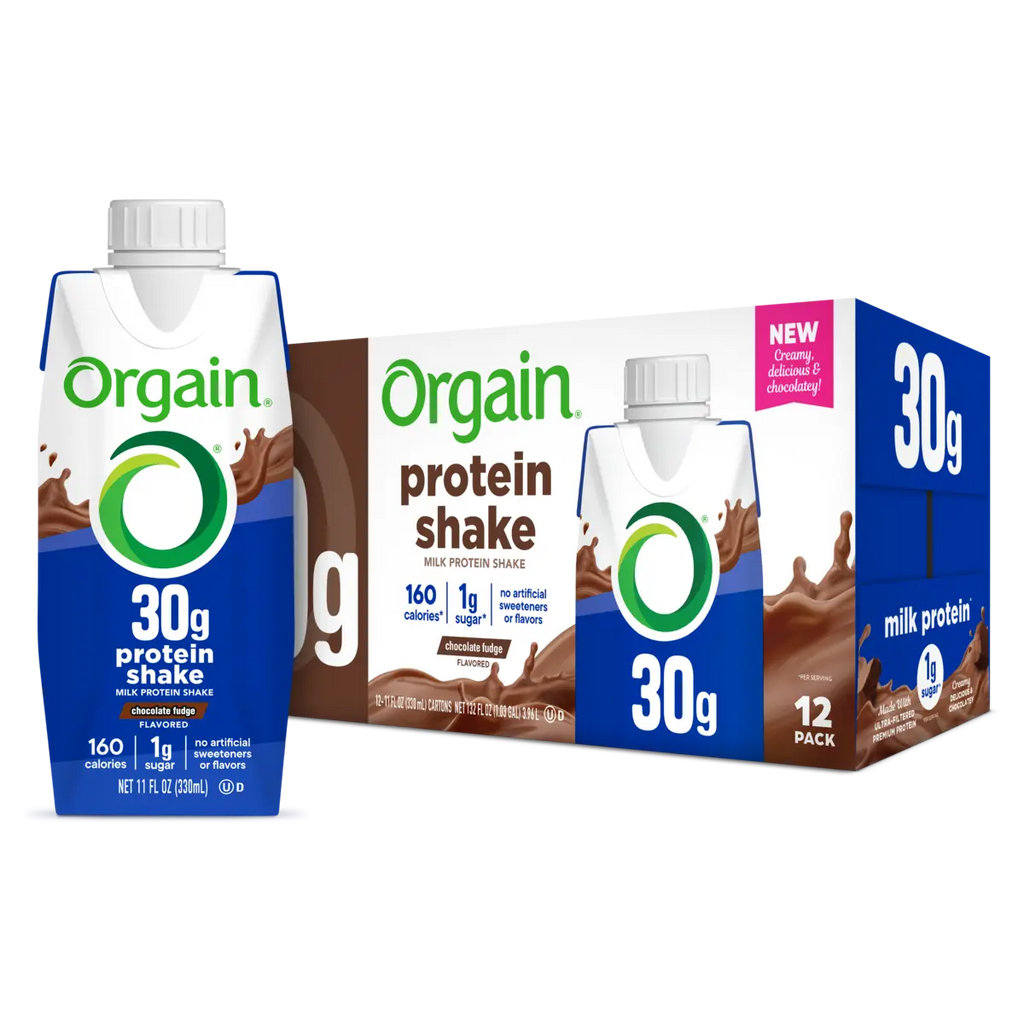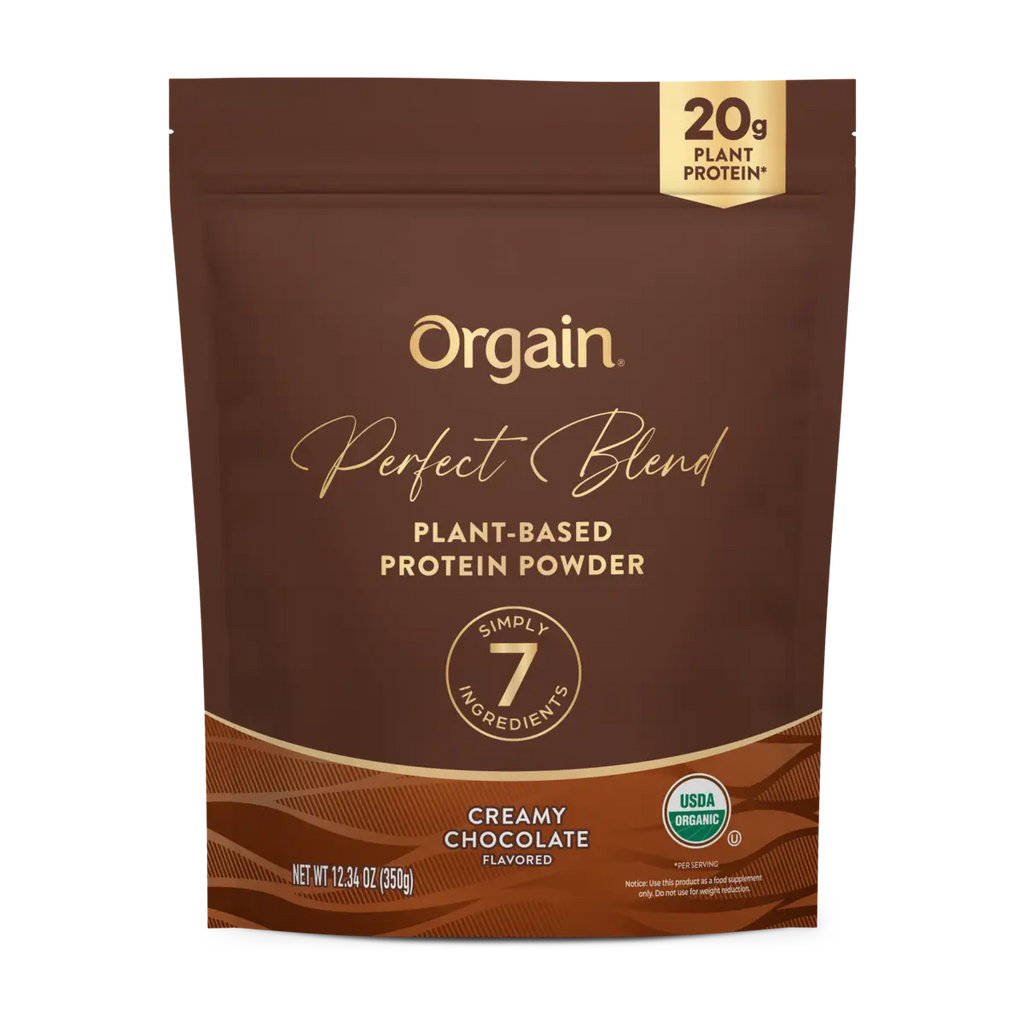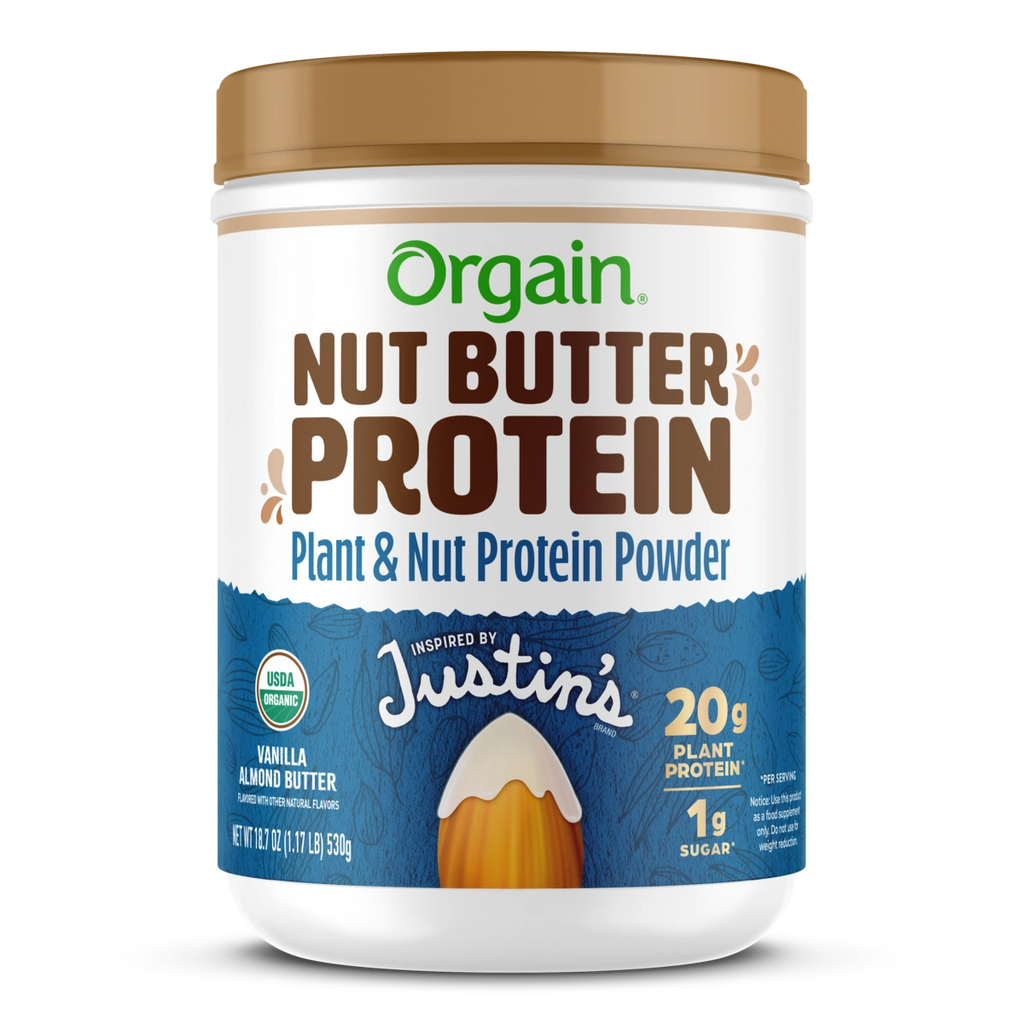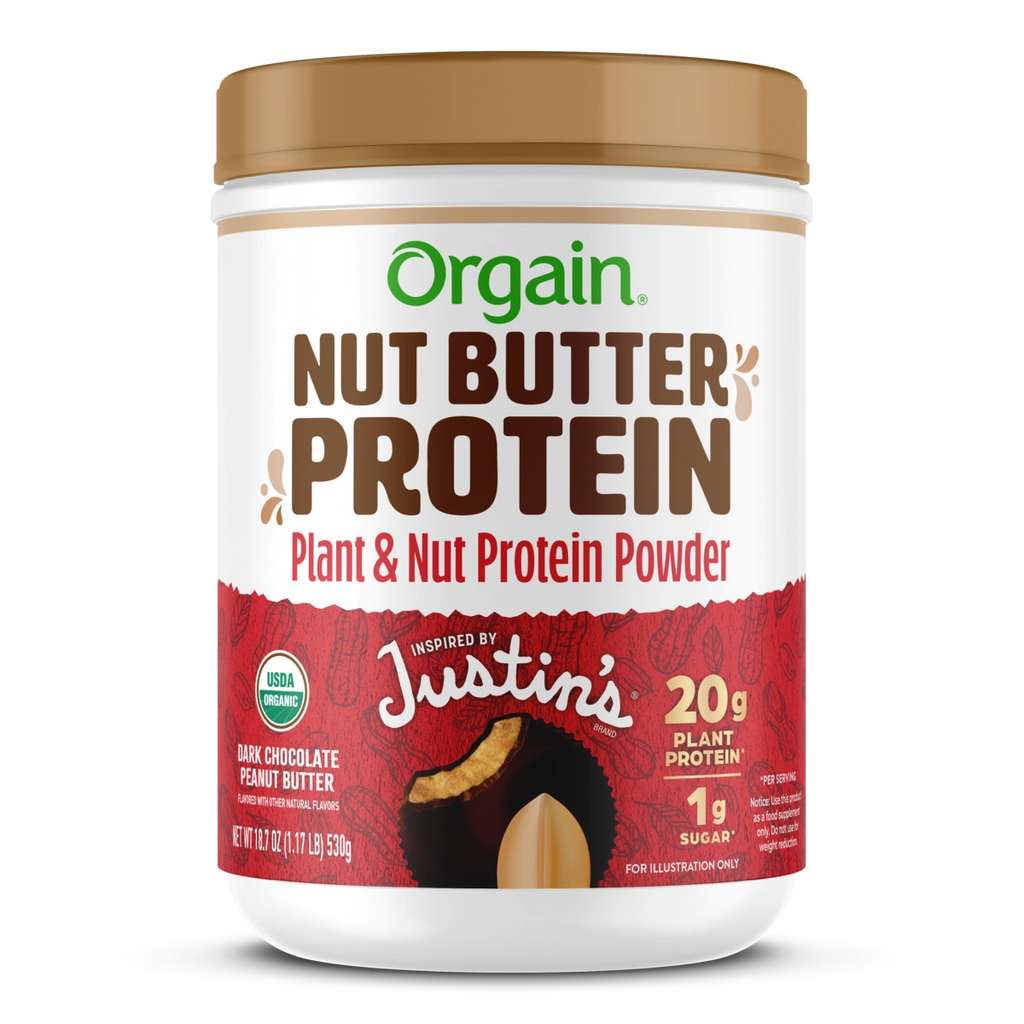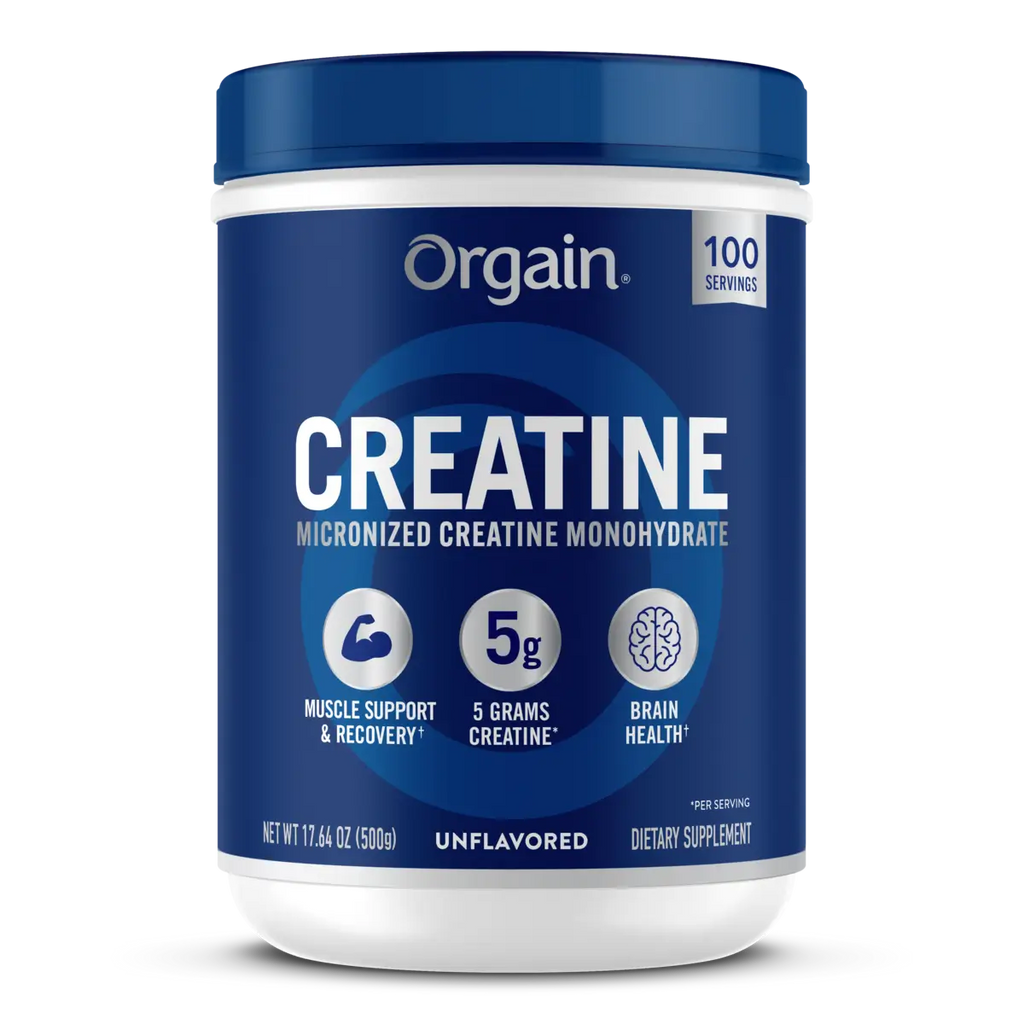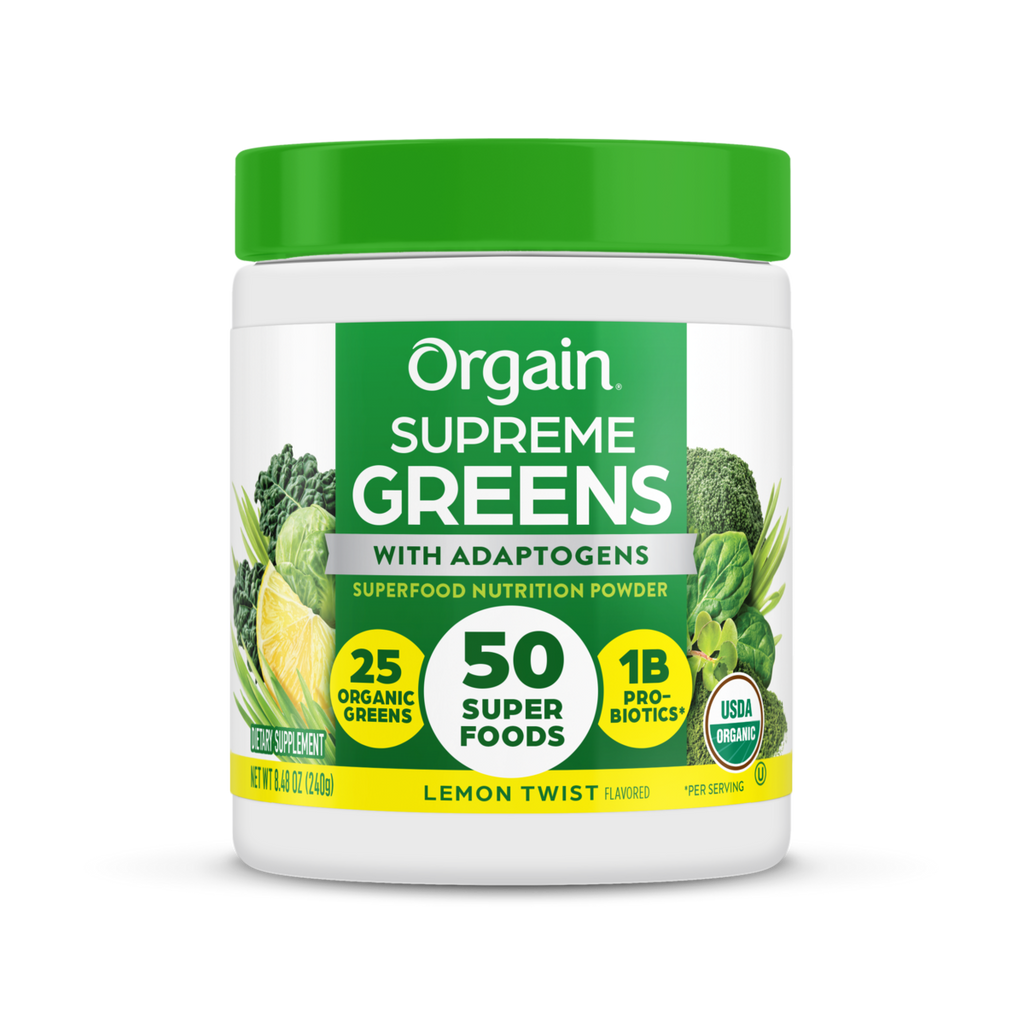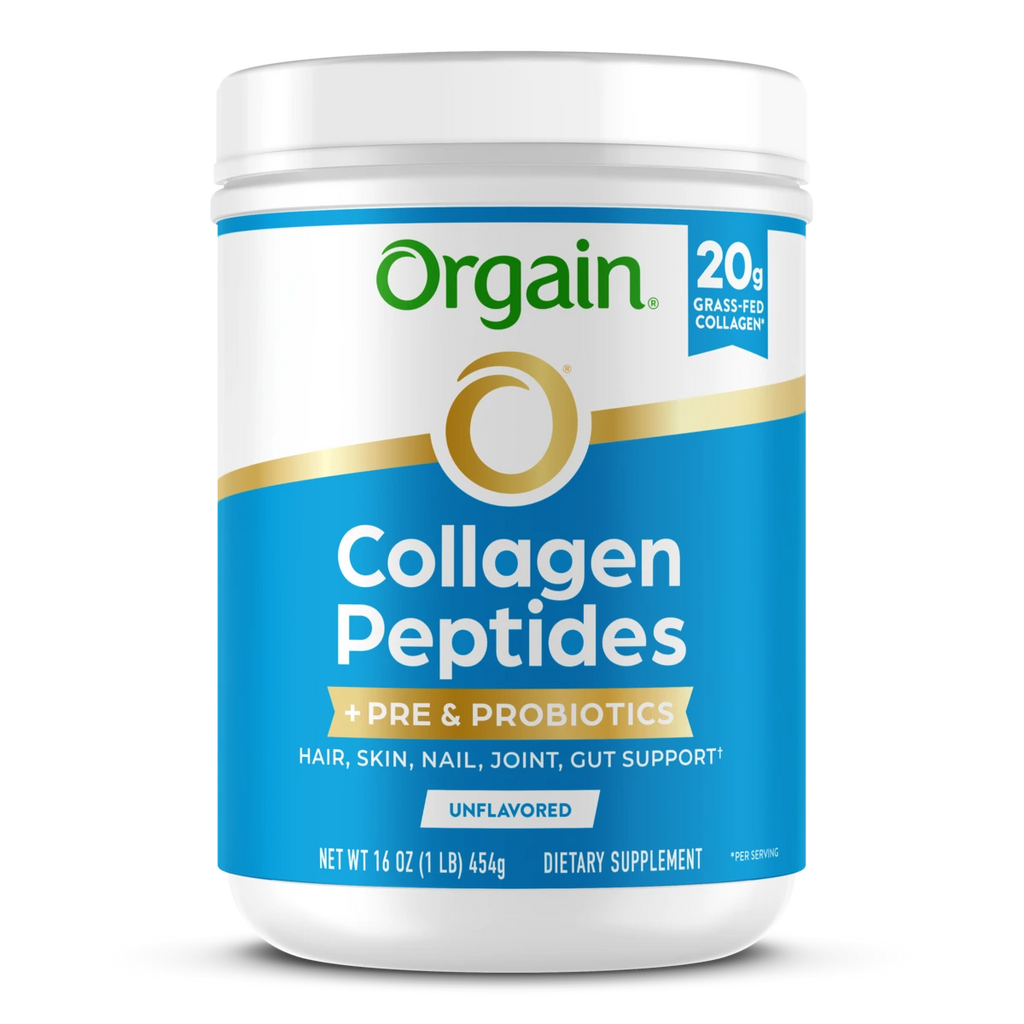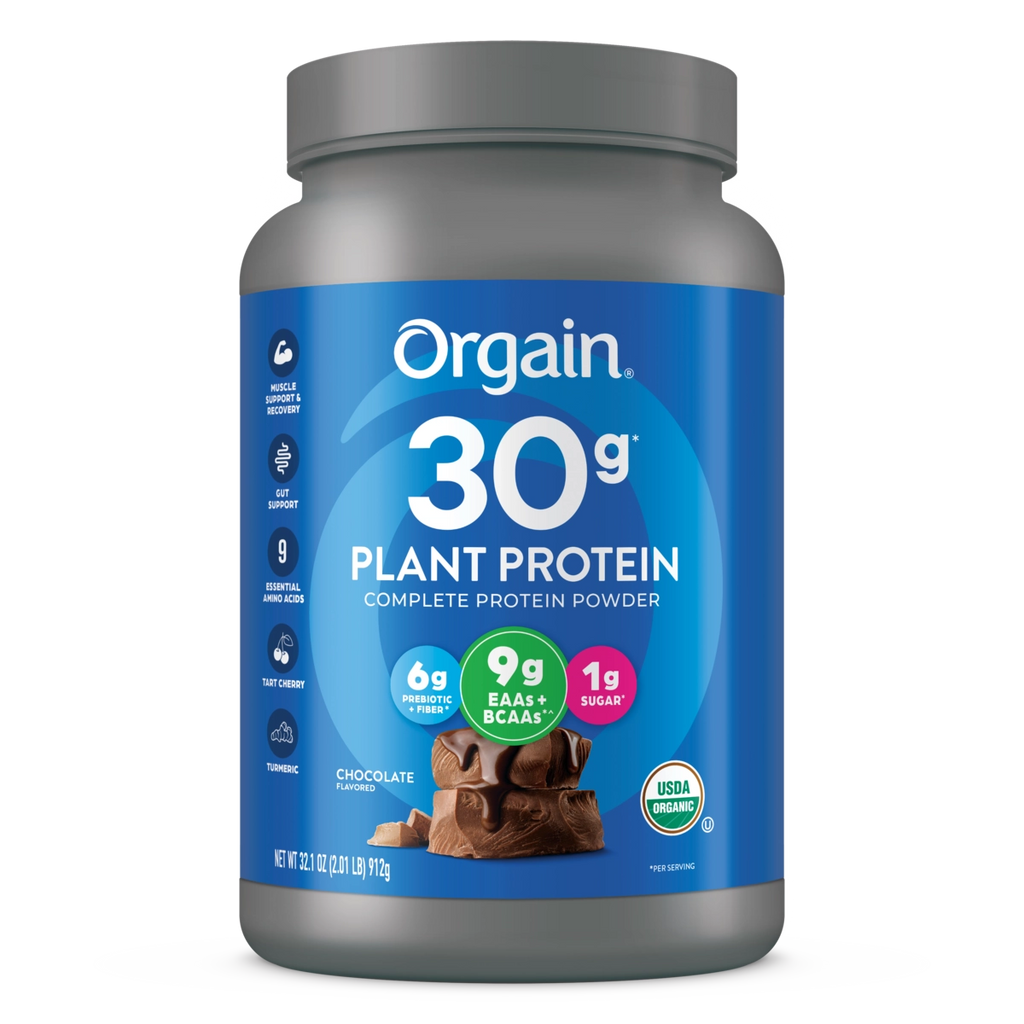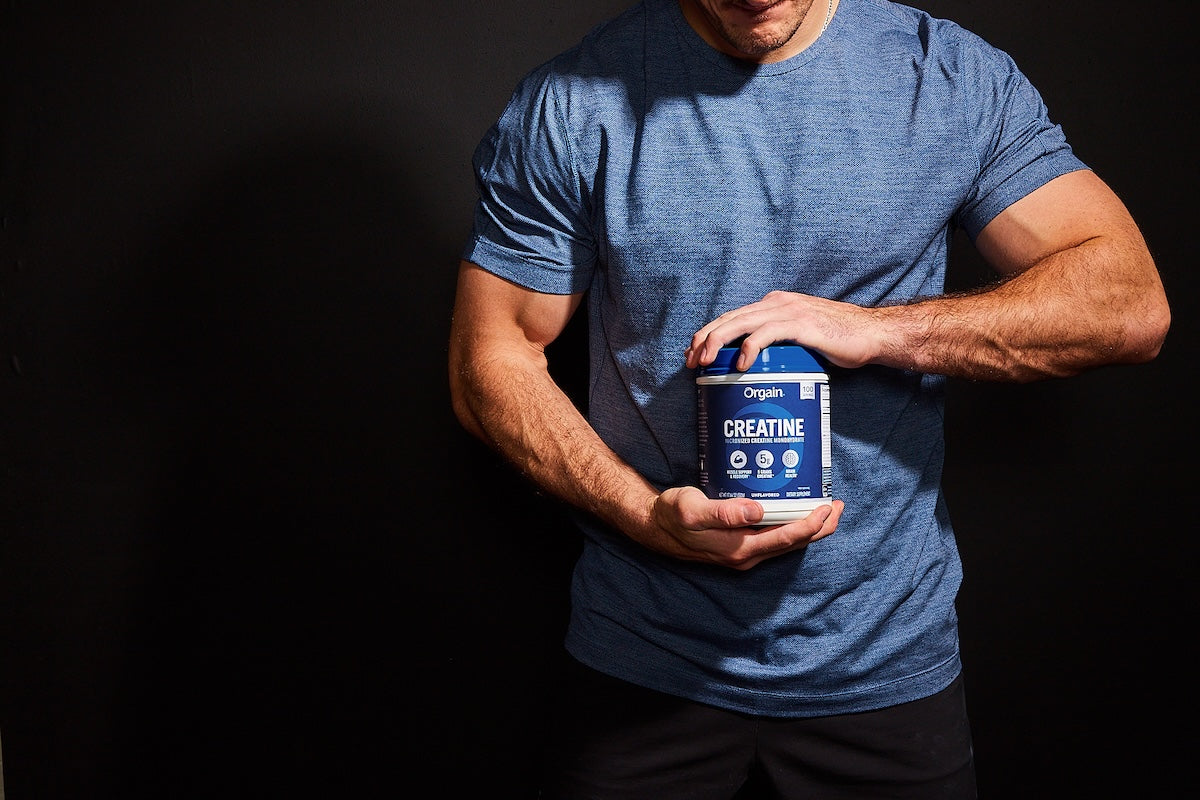Creatine is one of the most popular and well-studied supplements in the health and fitness world. But even with its growing popularity, people often have questions about how to take creatine, when to take creatine, and how to make the most of its performance-boosting potential. Here, we’re tackling all of that for you—plus a little extra.
____________________________________________________________________________
Creatine How to Use
First things first: How to use creatine? It’s simple.
You can either begin with a loading phase or skip straight to a daily maintenance dose:
Loading phase: 20 grams per day, divided into 4 servings, for 5–7 days
Maintenance phase: 3–5 grams daily, thereafter
Alternatively, you can skip the loading phase entirely and go straight to 3–5 grams per day. While this method takes a bit longer—typically about 4 weeks—to fully saturate muscles—it’s equally effective over time and may be gentler on digestion. Many users, especially those new to creatine, prefer this gradual approach.
____________________________________________________________________________
How Long Does Creatine Take to Work?
Wondering how long does it take for creatine to work? That depends on your approach. With the loading phase, users often experience benefits in as little as 7 days. Without loading, it may take closer to 4 weeks.
Whether you take the shorter or longer approach, once creatine stores are fully saturated, noticeable effects often begin to set in. Just remember: results don’t happen overnight. Creatine benefits build gradually with consistency—so take it daily, stay hydrated, and give your body the time it needs to respond
When Should I Take Creatine?
So, when should you take creatine? The best time to take creatine is the time you’ll remember to take it consistently. Some people take it post-workout, others in the morning or with a meal. What matters most is making it a daily habit, to keep your muscles fully saturated over time.
Should you take creatine before or after a workout? Both options can be effective. Some studies suggest creatine post-workout—especially when taken with a meal or protein shake—may slightly enhance absorption. That said, taking it before your workout is perfectly fine too, particularly if that aligns better with your daily routine.
Though not directly related to timing, a common question among new users is: Can you mix creatine with protein powder? The answer is a definite yes. In fact, it’s one of the most popular ways to take it. Blending the two into a post-workout shake not only simplifies your supplement routine but it’s a powerful combo to help fuel strength and muscle growth.
In short, with creatine timing, consistency is king. Find a time that works best for you and stick with it. With that habit in place, you’ll be on the path to unlocking creatine’s full benefits.
____________________________________________________________________________
Benefits of Creatine
Whether you’re asking what does creatine do for men or looking into the benefits of creatine for women, you’ll find that both can gain significantly from regular use.
For Men:
Creatine supports increased muscle mass, faster recovery, better power output, and improved exercise performance. In fact, one of the most notable answers to what does creatine do for men is its ability to enhance explosive strength and muscular endurance. It also plays a role in reducing fatigue during high-intensity training and can even support brain health.
For Women:
The creatine benefits for women mirror the strength and performance improvements observed in men, but what might be more compelling for women are those that extend beyond the gym. Research shows that creatine supports brain health and may help boost energy levels. Creatine may also assist with hydration, cellular energy, and recovery—making it especially valuable amidst stress and sleep deprivation.
So, while men and women may experience some of the same physical benefits, creatine’s diverse advantages make it a smart, functional supplement across a variety of needs and wellness goals.
Now that we’ve covered key benefits of creatine, let’s take a closer look at some perceived pros and cons of creatine to help determine if it’s the right supplement for your daily routine.
____________________________________________________________________________
Pros and Cons of Creatine
Like any supplement, knowing both sides of the coin can help you make an informed choice.
Pros:
-
Proven to enhance strength, power, and muscle growth.
-
Inexpensive, accessible, and backed by decades of clinical research.
-
May support brain health and reduce exercise fatigue
-
Helps hydrate muscle tissue and improve cellular energy
-
Can benefit both men and women across a wide range of goals
Cons (and How to Manage Them):
-
Can be mistaken for weight gain, due to water being drawn into muscles—not fat gain—and often coincides with improved performance and muscle fullness.
-
Some users report stomach discomfort, which can be reduced by avoiding the loading phase, using micronized creatine, and avoiding consumption on an empty stomach.
-
Requires daily use to maintain effectiveness, so it’s helpful to tie it to an existing routine like a morning shake or post-workout meal.
Understanding these trade-offs helps set realistic expectations. For most healthy adults, the benefits outweigh any perceived drawbacks—especially with proper dosing and hydration.
____________________________________________________________________________
Final Thoughts
Mastering how to take creatine effectively—whether through a loading phase or steady daily use—can make a noticeable difference in how quickly you feel results.
Understanding when to take creatine, and how long it takes to work, allows you to make more informed choices about how it fits into your routine.
While there are a few common concerns about creatine, these are typically manageable with proper use.
Finally, as we’ve explored, the benefits of creatine extend beyond strength and muscle: from support for brain health to emerging research around recovery, hydration, and cellular energy. It’s one of the most versatile and science-backed supplements available.
All-in-all, one thing is clear: creatine remains a simple, accessible, and powerful addition to nearly any wellness or fitness regimen. Start small, stay consistent, and let the results speak for themselves.
